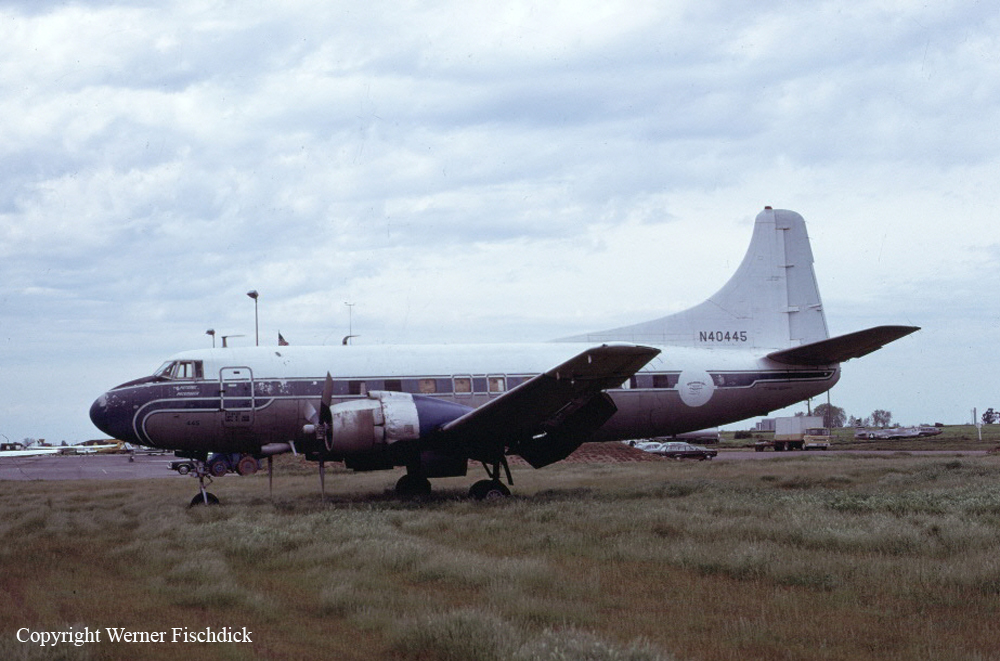Crash of a Douglas C-47A-90-DL in Saint Petersburg
Date & Time:
Jun 6, 1982 at 1654 LT
Registration:
N95C
Survivors:
Yes
Schedule:
Saint Petersburg - Saint Petersburg
MSN:
20139
YOM:
1944
Crew on board:
2
Crew fatalities:
Pax on board:
3
Pax fatalities:
Other fatalities:
Total fatalities:
0
Captain / Total hours on type:
2500.00
Aircraft flight hours:
15033
Circumstances:
After a local maintenance flight the crew returned to St. Petersburg to practice full stop landings. Shortly after becoming airborne during the second takeoff, the right engine experienced a power loss. The aircraft was observed to climb to about 50 feet agl, then veer right and crash east of the runway. Other than a malfunctioning right fuel tank selector which allowed fuel to bypass to other fuel tanks, there was no pre-impact failure/malfunction. Both right tanks were empty and the left tanks contained about 175 gallons of fuel. However, subsequent tests showed that fluid in the right tank would bypass the right fuel selector and leak into the left tank when the aircraft sat left wing low for about 12 hours. The aircraft was not airworthy in that all the requirements of an approved 91.217 inspection program were not complied with. The pilot-in-command had 5 hours as pic of DC-3 during the last 5 months with one hour and two takeoff and landings the last 90 days. This was the first flight in a DC-3 for the copilot with no record of any training in the DC-3.
Probable cause:
Occurrence #1: loss of engine power
Phase of operation: takeoff - initial climb
Findings
1. (c) reason for occurrence undetermined
2. (f) maintenance - inadequate - other maintenance personnel
3. (f) fuel system,selector/valve - inadequate
----------
Occurrence #2: loss of control - in flight
Phase of operation: takeoff - initial climb
Findings
4. (c) procedures/directives - not followed - pilot in command
5. (c) emergency procedure - improper - pilot in command
6. (c) inadequate recurrent training - pilot in command
7. (c) lack of recent experience in type of aircraft - pilot in command
----------
Occurrence #3: in flight collision with terrain/water
Phase of operation: takeoff - initial climb
Phase of operation: takeoff - initial climb
Findings
1. (c) reason for occurrence undetermined
2. (f) maintenance - inadequate - other maintenance personnel
3. (f) fuel system,selector/valve - inadequate
----------
Occurrence #2: loss of control - in flight
Phase of operation: takeoff - initial climb
Findings
4. (c) procedures/directives - not followed - pilot in command
5. (c) emergency procedure - improper - pilot in command
6. (c) inadequate recurrent training - pilot in command
7. (c) lack of recent experience in type of aircraft - pilot in command
----------
Occurrence #3: in flight collision with terrain/water
Phase of operation: takeoff - initial climb
Final Report:




